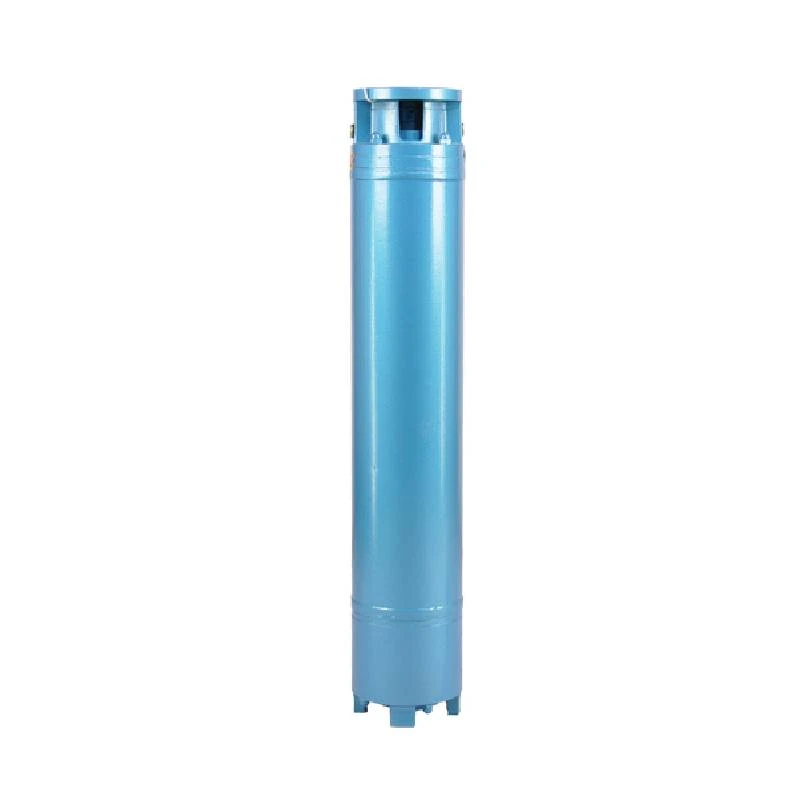Dec . 14, 2024 07:58 Back to list
variable speed submersible pump
Variable Speed Submersible Pumps An Overview
In various industrial and agricultural applications, the need for efficient fluid management has led to the increasing adoption of variable speed submersible pumps. These innovative pumps offer remarkable flexibility, efficiency, and control in transferring fluids from underground sources to the surface, catering to a wide array of demands. This article explores the functioning, benefits, and applications of variable speed submersible pumps in modern systems.
Understanding Variable Speed Technology
Submersible pumps are designed to operate underwater, making them ideal for applications like groundwater extraction, irrigation, waste management, and dewatering. The traditional design of submersible pumps often operates at a single speed, which can be inefficient in situations where varying flow rates are necessary. This is where variable speed technology becomes a game-changer.
Variable speed submersible pumps are equipped with adjustable frequency drives (AFD) or variable frequency drives (VFD), allowing operators to modify the pump's speed based on real-time requirements. This dynamic capability ensures that the pump’s output can be aligned precisely with the demand, which not only improves efficiency but also extends the pump's lifespan by reducing wear and tear.
Key Benefits
1. Efficiency and Energy Savings One of the most significant advantages of variable speed submersible pumps is their ability to match pump output to specific needs. By adjusting the pump speed to the actual demand, energy consumption is optimized, leading to significant cost savings over time. Studies have shown that variable speed pumps can reduce energy use by up to 50% compared to their fixed-speed counterparts.
2. Improved Performance Variable speed operation allows for smoother fluid handling, minimizing the risk of hydraulic shock and preventing pump cavitation, which can severely damage pumps over time. This leads to more reliable operation and reduces overall maintenance costs.
variable speed submersible pump

3. Enhanced Control and Automation With the integration of modern sensing and control technologies, variable speed submersible pumps can provide automated responses to system demands. For instance, they can adjust their speed in response to changes in water levels, pressure variations, or system load, thus enhancing overall system reliability.
4. Versatility These pumps find extensive use in various industries including agriculture for irrigation purposes, municipal water supply systems, and even in systems for mining and mineral extraction. Their versatility makes them suitable for both small-scale and large-scale applications.
5. Environmental Benefits By being more energy-efficient, variable speed submersible pumps contribute to reduced carbon footprints. Additionally, they can be programmed to operate only when necessary, reducing the impact on local water tables and ecosystems.
Applications in Various Sectors
Variable speed submersible pumps are utilized across diverse sectors. In agriculture, they facilitate efficient irrigation practices, ensuring that crops receive the required amount of water without wastage. In municipal water systems, these pumps manage water supply efficiently, offering enhanced pressure control and responsive operation to meet fluctuating demands.
In construction and mining, they are invaluable for dewatering sites, maintaining safe working conditions while minimizing energy use. Additionally, wastewater treatment plants employ variable speed submersible pumps to manage the flow of sewage and sludge, allowing for adaptable processing rates based on incoming waste levels.
Conclusion
Variable speed submersible pumps represent a significant advancement in pump technology, demonstrating how innovation can lead to better resource management across various industries. By providing energy efficiency, improved control, and broad applicability, these pumps are poised to play an essential role in future fluid management solutions. As industries continue to strive for greater efficiency and sustainability, the adoption of variable speed submersible pumps is likely to increase, leading to smarter and more environmentally friendly practices. Whether for agricultural irrigation, municipal water systems, or industrial applications, the benefits of these versatile and efficient pumps are clear, marking a shift towards a more dynamic approach to fluid management.
-
Submersible Water Pump: The Efficient 'Power Pioneer' of the Underwater World
NewsJul.01,2025
-
Submersible Pond Pump: The Hidden Guardian of Water Landscape Ecology
NewsJul.01,2025
-
Stainless Well Pump: A Reliable and Durable Pumping Main Force
NewsJul.01,2025
-
Stainless Steel Submersible Pump: An Efficient and Versatile Tool for Underwater Operations
NewsJul.01,2025
-
Deep Well Submersible Pump: An Efficient 'Sucker' of Groundwater Sources
NewsJul.01,2025
-
Deep Water Well Pump: An Efficient 'Sucker' of Groundwater Sources
NewsJul.01,2025
-
 Submersible Water Pump: The Efficient 'Power Pioneer' of the Underwater WorldIn the field of hydraulic equipment, the Submersible Water Pump has become the core equipment for underwater operations and water resource transportation due to its unique design and excellent performance.Detail
Submersible Water Pump: The Efficient 'Power Pioneer' of the Underwater WorldIn the field of hydraulic equipment, the Submersible Water Pump has become the core equipment for underwater operations and water resource transportation due to its unique design and excellent performance.Detail -
 Submersible Pond Pump: The Hidden Guardian of Water Landscape EcologyIn courtyard landscapes, ecological ponds, and even small-scale water conservancy projects, there is a silent yet indispensable equipment - the Submersible Pond Pump.Detail
Submersible Pond Pump: The Hidden Guardian of Water Landscape EcologyIn courtyard landscapes, ecological ponds, and even small-scale water conservancy projects, there is a silent yet indispensable equipment - the Submersible Pond Pump.Detail -
 Stainless Well Pump: A Reliable and Durable Pumping Main ForceIn the field of water resource transportation, Stainless Well Pump has become the core equipment for various pumping scenarios with its excellent performance and reliable quality.Detail
Stainless Well Pump: A Reliable and Durable Pumping Main ForceIn the field of water resource transportation, Stainless Well Pump has become the core equipment for various pumping scenarios with its excellent performance and reliable quality.Detail
